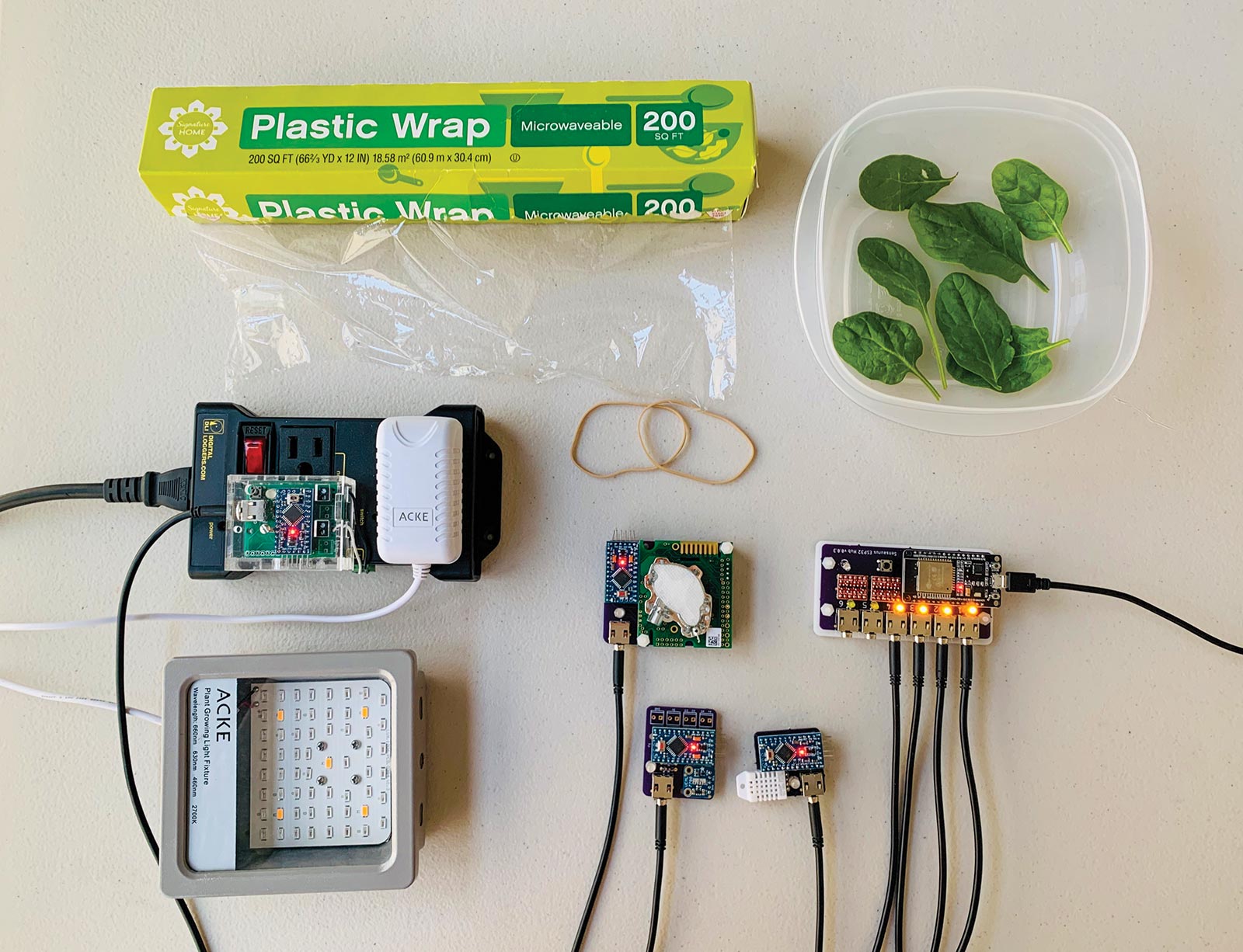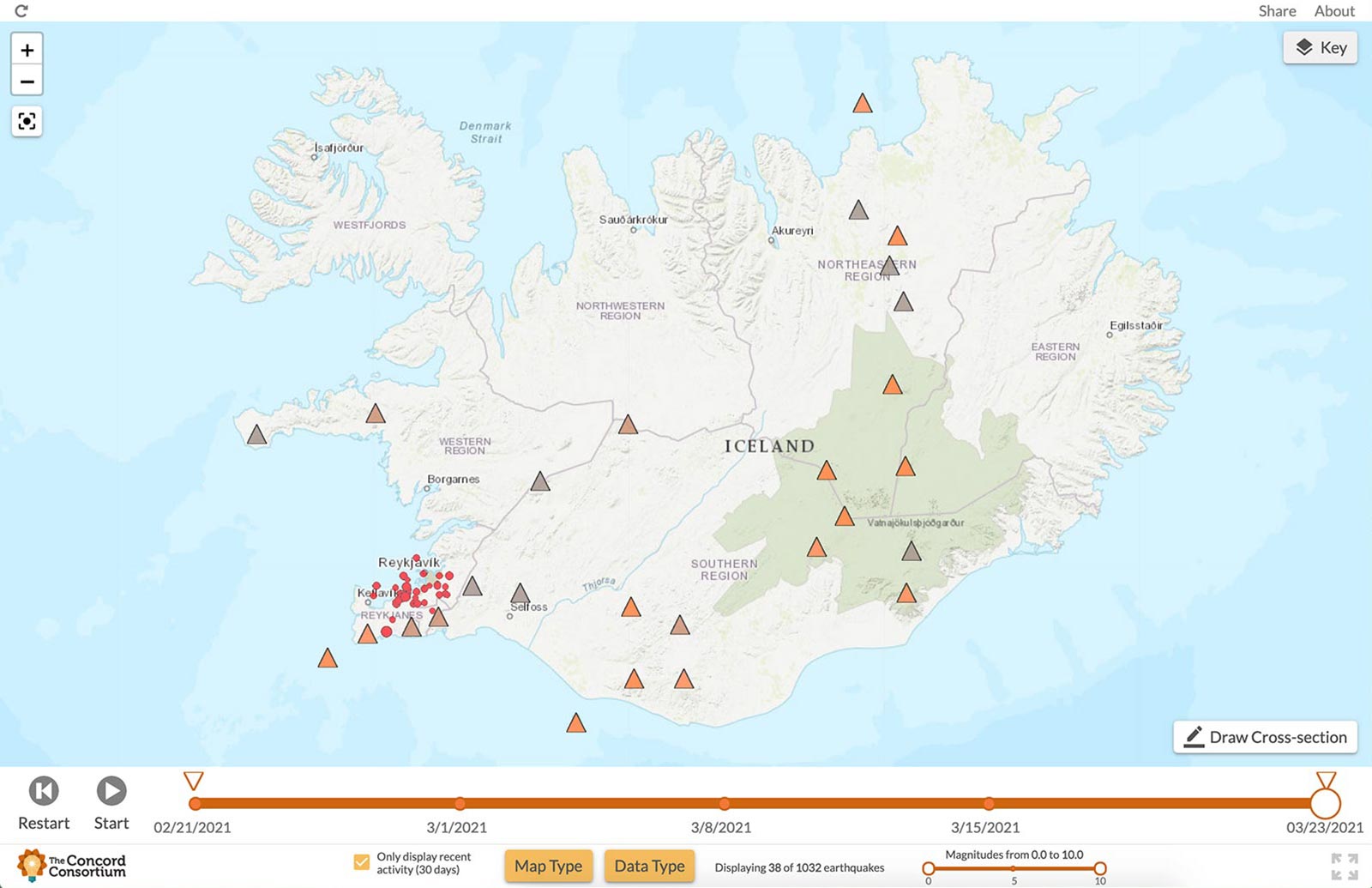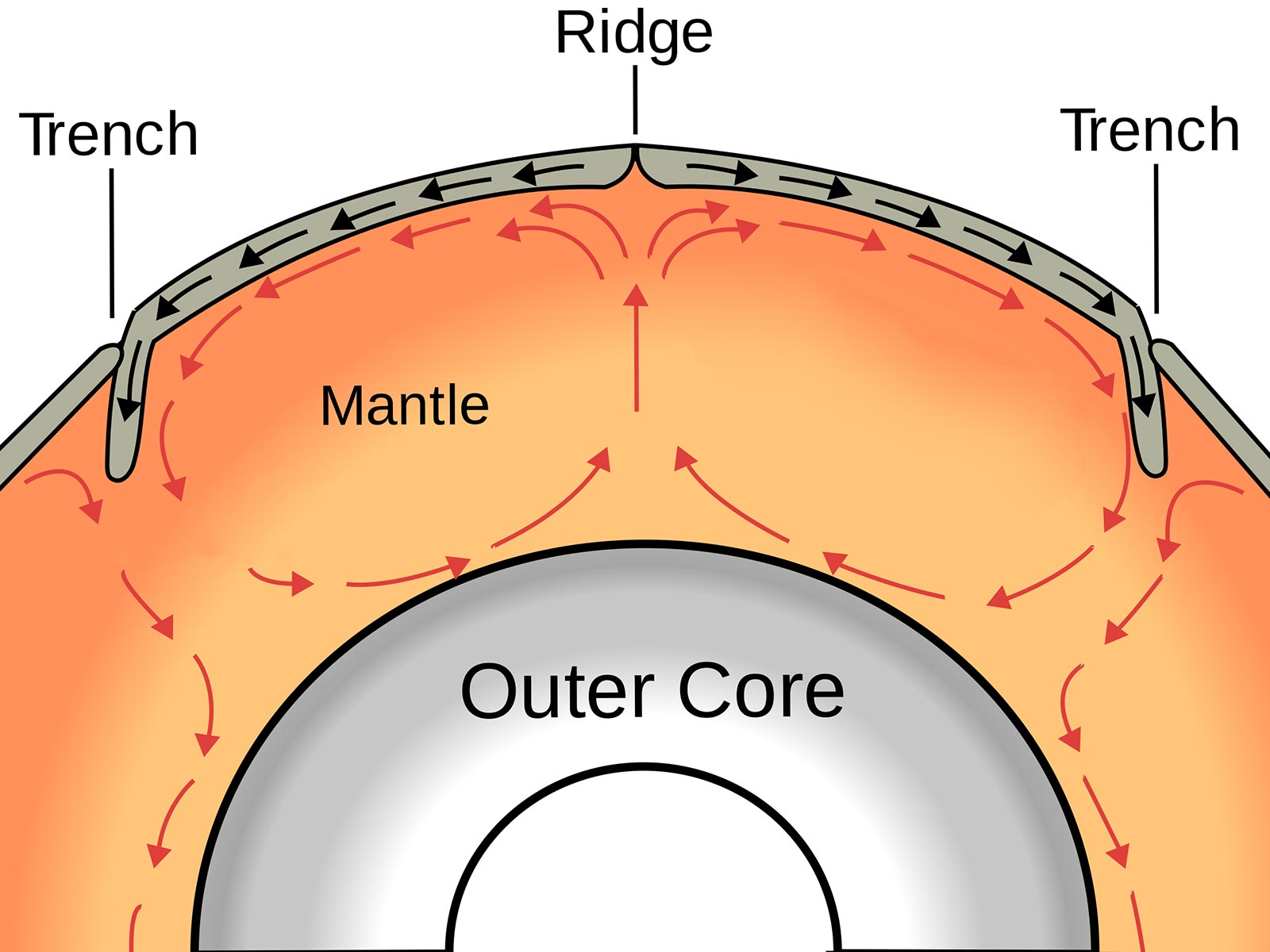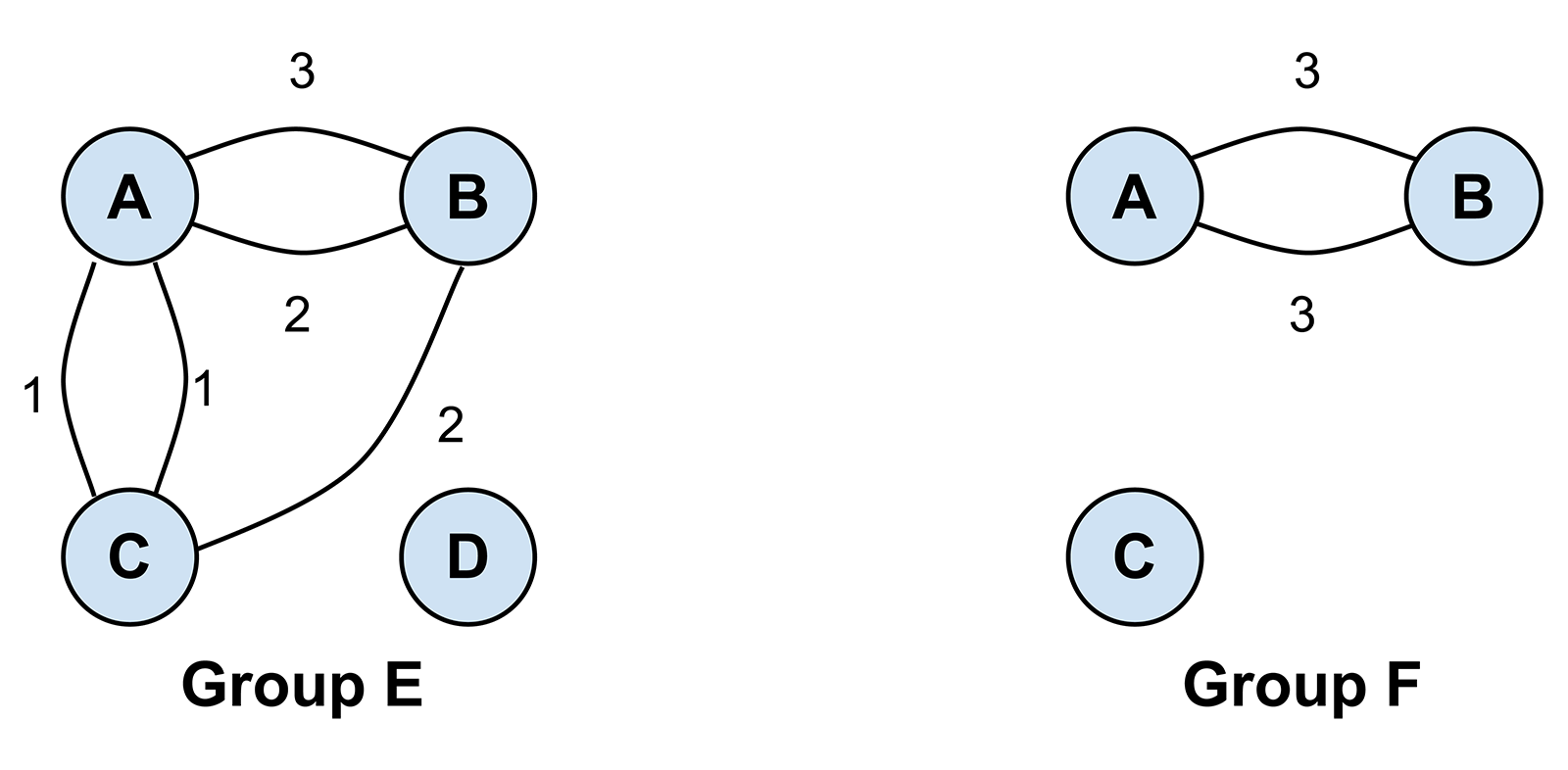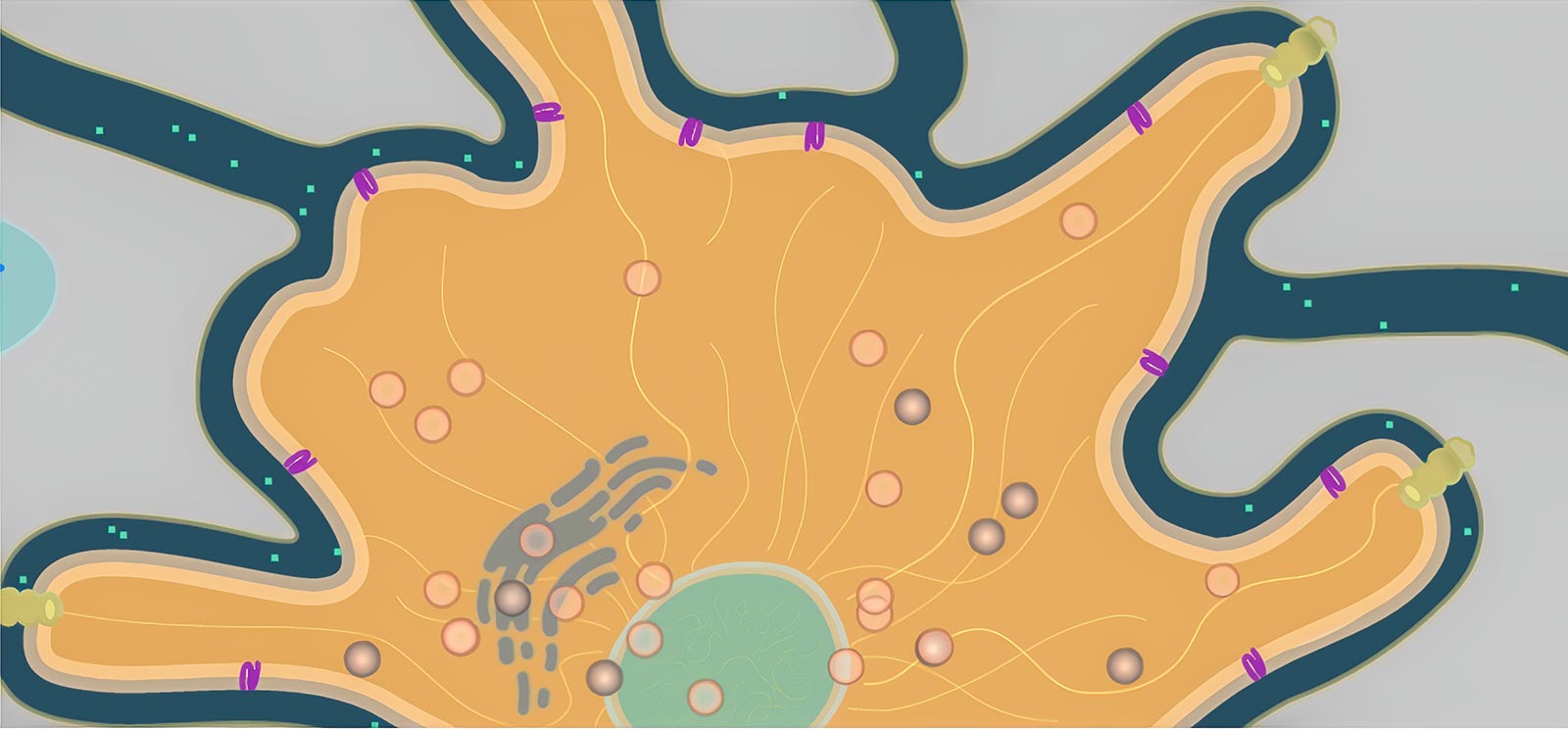Integrating Technology and Science, When Disaster Strikes, Developing Causal Mechanistic Reasoning of Plate Tectonics, New Tools for Mathematics Classrooms, and more in Spring @Concord
Perspective: An Exercise in Humility
As the world gradually awakes from over a year of pandemic-induced suspended animation, I am grateful for something rare—a moment for reflection. What have we learned? What do we appreciate differently? While there are many lessons to be gained from looking back, the most important involve looking forward to consider how we can prepare the next generation for future challenges. We should ensure that the next generation gains from what we have learned. However, I believe the most important legacy we can leave lies in conveying a deep appreciation for all the things we don't know.
Integrating Technology and Science: Preparing Students for the World They Live In
As science educators our goal is to help students engage in and develop practices for understanding the natural world. But what about the built world, the human-made environment—the one that students spend much of their day-to-day lives in? We teach science for many reasons: to prepare students to develop thinking skills and understand the world around them, to engage as citizens in their communities, and to enter the workforce. We should teach about technology for the same reasons.
Monday's Lesson: When Disaster Strikes
The Earth is always quaking and shaking. Movement of Earth's tectonic plates causes approximately 20,000 earthquakes around the globe each year. Fortunately, most earthquakes are so small that they go unnoticed, but some are large and dangerous. Major earthquakes, like the recent ones in Iceland, often make the headlines, even halfway around the world. Students are understandably intrigued and can come to science class with lots of questions. Why do quakes always seem to happen in the same locations? Are we at risk for an earthquake?
Everything Happens for a Reason: Developing Causal Mechanistic Reasoning of Plate Tectonics
Our planet's surface is in constant motion. Large pieces of Earth's crust and upper mantle, known as tectonic plates, continually move toward and away from each other at a rate of millimeters to centimeters each year. Over geologic time, their relative motions determine everything from the types of boundaries they form to the distribution of rocks and landforms on Earth's surface and the location and frequency of earthquake and volcanic eruptions. Plate tectonic theory, the organizing paradigm that revolutionized geosciences, describes the plate and mantle system and is used to reason about how plate movements and interactions can explain where geological phenomena occur and why Earth looks the way it does. The goal of our National Science Foundation-funded Geological Models for Exploration of Dynamic Earth (GEODE) project is to help students use plate tectonics as an explanation for the landforms and geological phenomena observed on Earth's surface.
Share and Share Alike: New tools for tracking and supporting knowledge co-construction in mathematics classrooms
Mathematics assignments are primarily designed to demonstrate the individual performance of learners, who are often discouraged from working with one another. “Borrowing” ideas from another student's work becomes "cheating." For over 30 years, the Connected Mathematics Project (CMP) has been working to turn that idea on its head.
Technology-Enhanced Assessments for NGSS Classrooms
Let's say your state has adopted the Next Generation Science Standards (NGSS). You've learned the lingua franca of three-dimensional learning and can speak fluently in acronyms: DCIs are the disciplinary core ideas, CCCs the crosscutting concepts, and SEPs the science and engineering practices. You're thoughtful about implementing content-rich activities in your classroom, looking for opportunities to engage students in authentic practices such as asking questions and defining problems, planning and carrying out investigations, or analyzing and interpreting data, all while attuned to linking to structure, systems, patterns, or one of the other crosscutting concepts. But with such a robust description of science learning embodied in the NGSS, how, you wonder, can you assess student understanding with evidence that students are building proficiency toward NGSS performance expectations (PEs)?
Under the Hood: A New Engine for Modeling Biological Processes
Consider a tiny hormone as it flows between cells and binds to a receptor protein in a cell's membrane. The protein, if working correctly, triggers a series of reactions that releases a signal molecule headed for the cell's nucleus, which in response produces a strand of mRNA. This mRNA finds its way to the endoplasmic reticulum, where it causes melanin to be packed into a tiny organelle called a melanosome. The little bundle of melanin gets carried through the cell by protein motors, where it is anchored in the best location to absorb light and darken the cell. All this happens hundreds of times a second throughout this cell and all of its neighbors.
Innovator Interview: Steve Roderick
As a biology major at Boston University, Steve planned on becoming a marine biologist. After spending his junior year in New Zealand and Australia, studying crown-of-thorns starfish on Heron Island, he thought he was one step closer to that goal. But a mix-up with college credits changed everything.
News at Concord Consortium
The latest news at the Concord Consortium: COVID-Inspired Data Science Education through Epidemiology, New Assessments in Massachusetts
